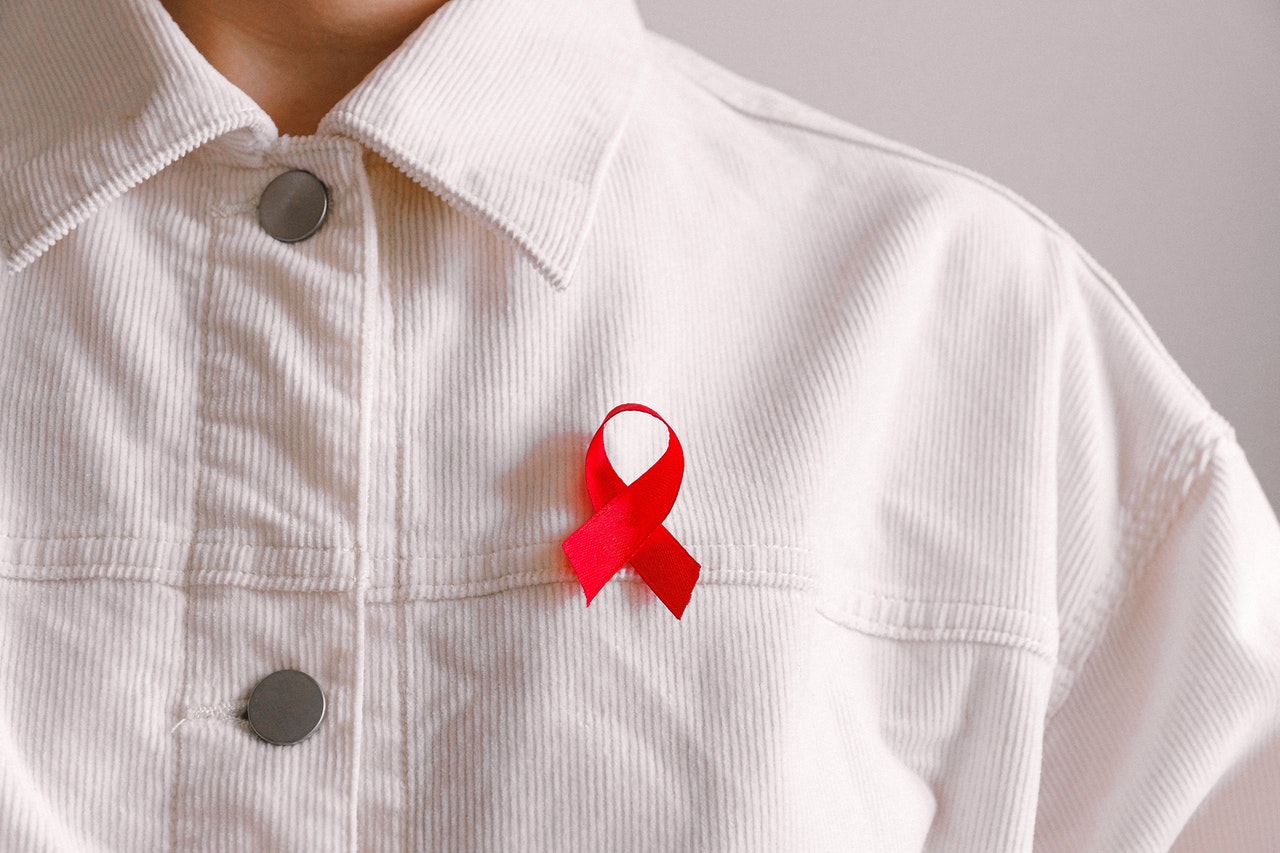What is HIV?
HIV – Human Immunodeficiency Virus, is a virus that attacks cells that help the body fight infection, making a person more vulnerable to other infections and diseases. Untreated HIV infects and kills CD4 cells, which are a type of immune cell called T cells. Over time, as HIV kills more CD4 cells, the body is more likely to get various types of infections and cancers. It is spread by contact with certain bodily fluids of a person with HIV, most commonly during unprotected sex or through sharing injection drug equipment or from mother to child during pregnancy, childbirth or breast-feeding.
What are the stages of HIV?
To develop AIDS, a person has to have contracted HIV. But having HIV doesn’t necessarily mean that someone will develop AIDS. The 3 stages of HIV are;
- stage 1 – Acute Stage, the first few weeks after transmission
- stage 2 – clinical latency, or chronic stage
- stage 3 – AIDS
Stage 1: Acute HIV infection
Some people infected by HIV develop a flu-like illness within two to four weeks after the virus enters the body. This illness, known as primary (acute) HIV infection, may last for a few weeks. Possible signs and symptoms include:
- Fever
- Headache
- Muscle aches and joint pain
- Rash
- Sore throat and painful mouth sores
- Swollen lymph glands, mainly on the neck
- Diarrhea
- Weight loss
- Cough
- Night sweats
These symptoms can be so mild that you might not even notice them. However, the amount of virus in your bloodstream (viral load) is quite high at this time. As a result, the infection spreads more easily during primary infection than during the next stage.
Stage 2: Clinical latency (HIV inactivity or dormancy)
This period is sometimes called asymptomatic HIV infection or chronic HIV infection. During this phase, HIV is still active but reproduces at very low levels. People may not have any symptoms or get sick during this time. For people who aren’t taking medicine to treat HIV, this period can last a decade or longer, but some may progress through this phase faster. People who are taking medicine to treat HIV (ART) as prescribed may be in this stage for several decades. It’s important to remember that people can still transmit HIV to others during this phase. At the end of this phase, a person’s viral load starts to go up and the CD4 cell count begins to go down. As this happens, the person may begin to have symptoms as the virus levels increase in the body, and the person moves into Stage 3.
Stage 3: Acquired immunodeficiency syndrome (AIDS)
AIDS is the most severe phase of HIV infection. People with AIDS have such badly damaged immune systems that they get an increasing number of severe illnesses, called opportunistic illnesses.
Without treatment, people with AIDS typically survive about 3 years. Common symptoms of AIDS include chills, fever, sweats, swollen lymph glands, weakness, and weight loss. People are diagnosed with AIDS when their CD4 cell count drops below 200 cells/mm or if they develop certain opportunistic illnesses. People with AIDS can have a high viral load and be very infectious.

How Do I Know If I Have HIV?
The only way to know for sure if you have HIV is to get tested. Testing is relatively simple. You can ask your health care provider for an HIV test. Many medical clinics, substance abuse programs, community health centers, and hospitals offer them too. You can also buy a home testing kit at a pharmacy or online. Some health departments or community-based organizations also provide self-test kits for free.
Transmission of HIV
Anyone can contract HIV. The virus is transmitted in bodily fluids that include:
- blood
- semen
- vaginal and rectal fluids
- breast milk
The ways in which HIV is spread from person to person include:
- through sex — the most common route of transmission, especially among men who have sex with men
- by sharing needles, syringes, and other items for injection drug use
- by sharing tattoo equipment without sterilizing it between uses
- during pregnancy, labor, or delivery from a woman to her baby
- during breastfeeding
- through “pre-mastication,” or chewing a baby’s food before feeding it to them
- through exposure to the blood of someone living with HIV, such as through a needle stick
- through a blood transfusion or organ and tissue transplant.
Is there a cure for HIV?
No effective cure currently exists for HIV. But with proper medical care, HIV can be controlled. Treatment for HIV is called antiretroviral therapy or ART. If people with HIV take ART as prescribed, their viral load (amount of HIV in their blood) can become undetectable. If it stays undetectable, they can live long, healthy lives and have effectively no risk of transmitting HIV to an HIV-negative partner through sex.
A number of HIV vaccine trials show encouraging results. However, so far, a vaccine would only offer partial protection and would need to be used in combination with other prevention and treatment options.





